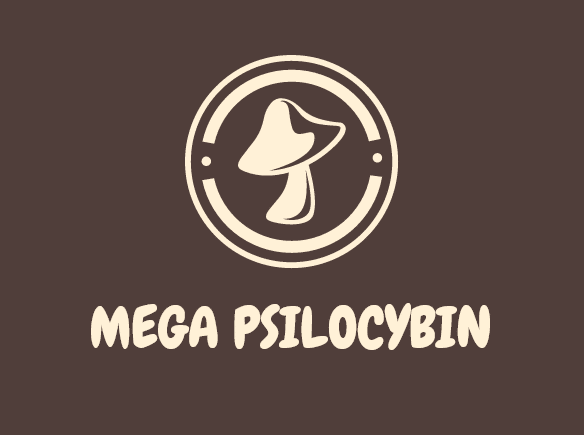Grafted Peyote (Lophophora Williamsii)
$150.00 – $1,250.00
A COMBINATION OF TWO CACTI – ERIOCEREUS JUSBERTII WITH PEYOTE GRAFTED ON TOP
Actually, this is a combination of two cacti – an Eriocereus jusbertii with a Peyote (Lophophora williamsii) cluster grafted on top. The advantage of grafting is the increased growth rate of the otherwise rather slow-growing Lophophora williamsii – a small drawback is the slightly lower production of mescaline, but the increased growth rate makes up for it.
With proper care you will see several new knobs growing on the sides and top. When flowering, this plant produces beautiful pink flowers. If the cluster of knobs grows too big, you can remove some of the smaller ones and make them root in a separate pot.
For psychonauts, the most interesting part is the alkaloid Mescaline in the tissue of this cactus. Native North Americans have used peyote for spiritual purposes for at least 5,500 year
HOW TO DOSE MESCALINE CACTI PROPERLY
Mescaline cacti play a very important role in Latin American shamanic culture. Mescaline is a psychoactive alkaloid that induces intense visual effects and a strongly altered state of consciousness. Peyote (Lophophora williamsii) from Mexico is a well-known mescaline cactus. There are other, lesser-known yet equally celebrated species of mescaline cacti, such as San Pedro (Echinopsis pachanoi) and Peruvian torch (Echinopsis peruviana).
We offer a compelling selection of mescaline cacti that are suitable for cultivation at home. The cuttings can simply be placed in soil and the cactus will shoot roots and grow like nothing ever happened.
INFORMATION ABOUT MESCALINE CACTI
Potent psychedelic compounds occur all throughout nature, from psilocybin-containing mushrooms to DMT-producing toads. We don’t know why they are there. Some claim that these mind-altering substances help to deter would-be predators. Others state that they were put there by a higher power to enable us to experience the divine. Mescaline is one such substance. The psychedelic alkaloid occurs in several species of cactus, and it’s been used for thousands of years to induce altered states of consciousness. Join us as we explore the history of these life forms, their effects, and how to grow and consume them.
WHAT ARE MESCALINE CACTI?
Mescaline cacti grow in the Andes Mountains, Mexico, and the southwest United States, where they’ve been used ceremonially for almost 6,000 years. The psychoactive phenethylamine alkaloid mescaline underpins the psychedelic effects.
Academics believe the Native Americans of Texas and New Mexico were the first groups to use mescaline cacti for these purposes—evidenced by effigies discovered in the Shumla Caves of Texas. The Huichol people of Mexico and the Aztecs also used species of mescaline cactus for spiritual and ceremonial purposes.
The Ultimate Mescaline Cactus Guide
The Spanish were the first people of the Old World to encounter these plant species. They wrote accounts of witnessing Mexican tribespeople consume preparations before engaging in night-long dances and trances.
Thousands of years after humans started using mescaline cacti for their hallucinogenic properties, Western scientists began unlocking their secrets. It was the German pharmacologist Arthur Heffter who first isolated and identified mescaline in 1897. The Austrian chemist Ernst Spath then synthesised the chemical for the first time just over two decades later.
Mescaline penetrated mainstream Western culture during the 1950s. Author and philosopher Aldous Huxley helped to drive mescaline into the collective psyche through his penning of Doors of Perception—a book detailing his experiences with the psychedelic. Entheogen enthusiast and psychiatrist Humphry Osmond and famed psychedelic chemist Alexander Shulgin helped the molecule gain further traction.
DIFFERENT SPECIES OF MESCALINE CACTI
Several different cactus species produce the mescaline molecule. Some of them are tiny and take an extremely long time to grow, others are towering giants that ascend with haste.
Peyote is perhaps the most famous of the mescaline cacti. The quintessential cactus grows in its native range from southwestern Texas to Mexico. Peyote is one of the most potent species of hallucinogenic cacti and contains 3–6% of the molecule when dried. Known by the scientific name Lophophora williamsii, the spineless cactus is extremely slow-growing. It can take up to three years to develop from a seed into a mature specimen. Even then, peyote rarely exceeds a height of 7cm and a diameter of 12cm. The cactus takes on the shape of a bulb-like “button” and occasionally blooms a single pink-white flower. Sadly, their slow rate of growth—along with overharvesting—has resulted in the cactus’ vulnerable conservation status.
San Pedro (Echinopsis pachanoi) has been used traditionally within the Andes region for at least 2,000 years. It thrives at altitudes of up to 3,000m in the mountain ranges of Ecuador, Peru, Argentina, Bolivia, and Chile. The cactus grows much taller than the likes of peyote and takes on a columnar structure. It’s capable of growing an additional 40cm annually and tops out at 4–6m. San Pedro produces an abundance of yellow-brown spikes and blooms brilliant white flowers.
Bolivian torch (Echinopsis lageniformis) is a species of mescaline cactus from the high deserts of Bolivia. The columnar species grows fast and reaches heights of 2–5m. It features eight ribs, each lined with brown spikes. Bolivian torch also has a rich history and is known as “wachuma” among indigenous people. It sits on the subtle end of the spectrum, containing only 0.56% mescaline when dried.
Echinopsis zamnesiana is Zamnesia’s own breed of the world-renowned Echinopsis genus. While, at first glance, it may share a common look with other types of cacti, it has some subtle nuances that set it apart.
| Quantity | 3units, 5units, 10units, 30units, 50units |
|---|
Be the first to review “Grafted Peyote (Lophophora Williamsii)” Cancel reply
Related products
Peyote Cactus
Peyote Cactus
Peyote Cactus
Peyote Cactus








Reviews
There are no reviews yet.